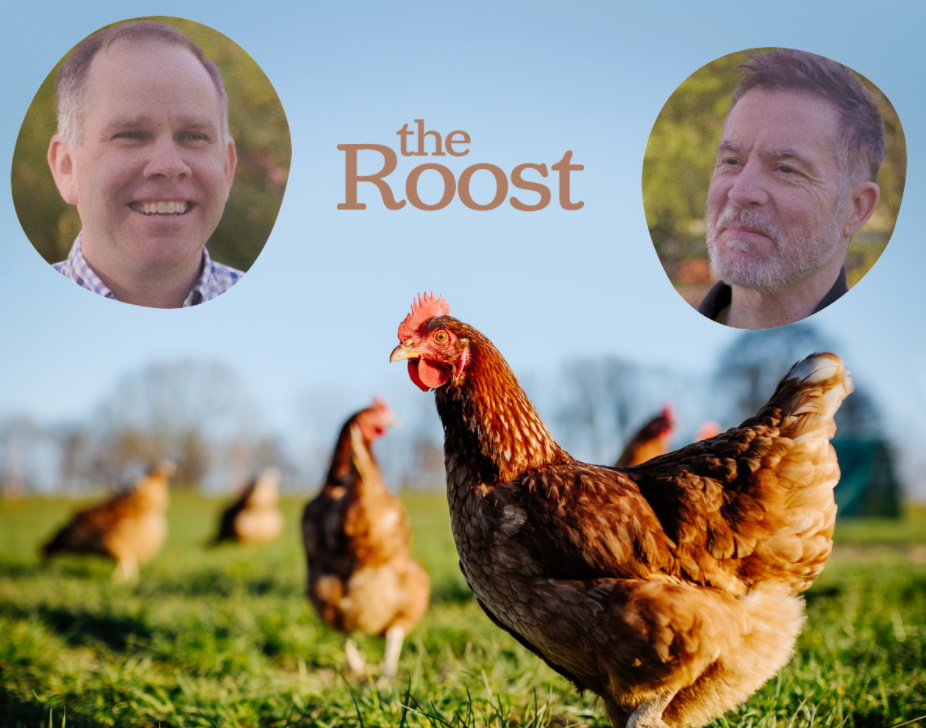I was in the parking lot of our local Walmart Neighborhood Market (that ‘neighborhood market’ part always strikes me as odd) the other day to pick up some stuff that we had run out of when I saw this–

Things seemed out of place and to my eye. This was off.
As is my want, I thought about other things that felt off. Things that belie a deeper understanding or meaning. Things that are different than what meets the eye. Let’s see how that applies to a new community development.
If you live in a suburb, your house is probably sitting on a lot that feels reasonably spacious – a front yard, a backyard, and side yards that maintain enough distance from your neighbors and the street to ensure that you’ll be able to maintain a level of privacy. We’re made to believe that a house must have enough room around it to be livable and proper.
When considering a whole subdivision, this ‘spacious’ suburban formula also makes it more likely that some other, not so great stuff happens–
- Dogwood Lane is a no-man’s land – most of your living will happen in the back of the house, leaving the street and your neighborhood feeling like a non-place.
- Fat Houses – bigger lots encourage oversized and out-of-scale buildings that cost more to build and maintain.
- Increased utility costs are often the result of having to run more pipe, cable, and asphalt to cover the distances.
- Not a whole lot of natural open space left to enjoy – all the land was used for bigger lots.
- No places in the neighborhood to go shop, worship or just hang out – all the land was used for bigger lots.
- More trips to the gas station and the shop – you’d better love driving, because you’ll need your car to do most anything.

The term most often used to describe this infamous list is a phenomenon called ‘sprawl’. That’s a post all by itself. But that doesn’t have to be our fate. Let’s consider a better, smaller lot-size option (see Kettlesong). Some things that may not be so apparent to the uninitiated.
A smaller, more compact lot size may feel – well – smaller, that’s true, but think about all the goodness in that smaller package–
- Dogwood Lane becomes a place to see and be seen. A smaller lot means your house/porch is closer to the street, which in turn means that you can keep an eye on things and get to know your neighbor. Things feel safer and more welcoming.
- Homes are smaller, but they’re more efficient, less costly, and emphasize quality (good design) over quantity (more square footage). They are ‘right-sized’.
- Lower utility bills. The homes are closer to one another, so the roads are shorter (good for walking), and so are the things you don’t see (like the pipes in the ground).
- Lots of open space. You didn’t have to cut down all those trees and destroy that lovely meadow because – you guessed it – the lots are smaller. Compact neighborhoods = preserved wild places.
- Dense (there I said it) development means that you have more space for a better mix of uses like a YMCA, a local eatery, or a neighborhood grocer.
- You can leave your car in the driveway. Remember, the roads are shorter, which means you can lead a healthier lifestyle by walking, riding a bike, or jumping in your tricked out golf cart to get where you have to go.
The term most often used to describe this list of ingredients is the phenomena called ‘better living’ (that’s its own post too). Congratulations! You now know something that most people don’t – density is your friend.
BTW - I waited for the occupants of the Audi R8 (MSRP ~ $175K) to emerge from our ‘neighborhood market’ and out she came. Granny was taking it slow. Aided by a walker and who I imagined was her very attentive son. Sometimes a little more information is all you need for things to make sense.
Nik
